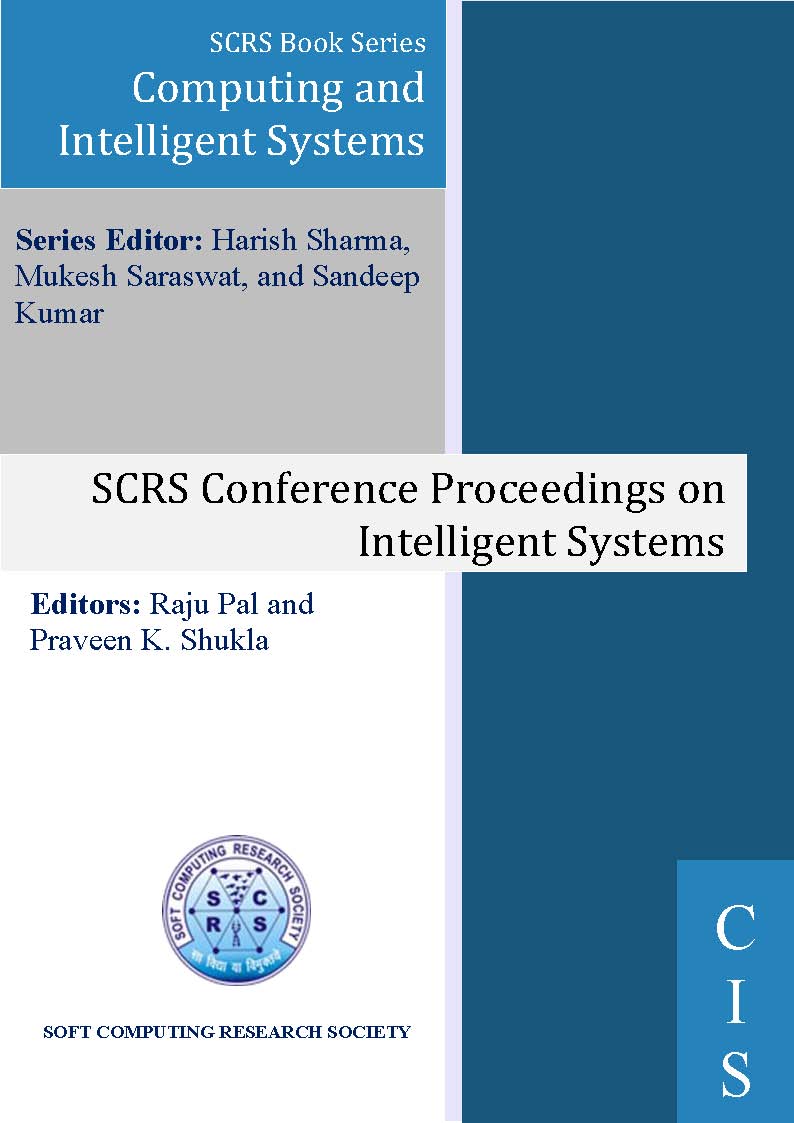
Comparative Study of Rainfall Prediction Modeling Techniques : Case Study on Karapur, India
Authors: Sushma Iliger and Mario Pinto
Publishing Date: 06-08-2022
ISBN: 978-81-955020-5-9
Abstract
India's economy is highly dependent on agriculture which is in turn dependent on rainfall. Every region receives varying amounts of rainfall and based on that the crops are grown to suit the geographical conditions. Due to the lack of proper predictive technology in making use of rainfall, the agricultural practices have put high pressure on the underground water tables leading to depletion of water resources in local areas. Considering these factors, we have tested the suitability of the different existing machine learning models for the data collected from the Karapur weather station of Goa state, India to predict rainfall locally. The different models being used are Multiple Linear regression(MLR), Decision tree Regressor, Random forest Regressor, XGBoost, and Artificial Neural Network algorithm(ANN). After analysis we obtained 85% accuracy and the algorithm performance compared in terms of mean absolute error and R2 Score. . The result of the study revealed that ANN outperformed the others by delivering an average R2 score close to 1.
Keywords
Machine learning algorithms, Rainfall prediction, Multiple Linear Regression, Random forest regressor, Artificial neural network, Xgboost.
Cite as
Sushma Iliger and Mario Pinto, "Comparative Study of Rainfall Prediction Modeling Techniques : Case Study on Karapur, India", In: Saroj Hiranwal and Garima Mathur (eds), Artificial Intelligence and Communication Technologies, SCRS, India, 2022, pp. 159-166. https://doi.org/10.52458/978-81-955020-5-9-16